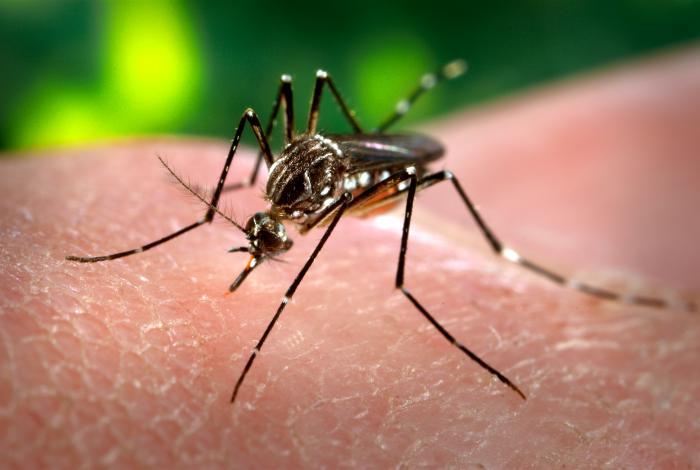APPLICATIONS
CU research identifies key uncertainties for models of mosquito distribution in the US
Understanding model limitations could improve strategies to deal with mosquito-borne diseases
Computational analysis has identified key regions in the United States where model-based predictions of mosquito species distribution could be improved. Andrew Monaghan of the University of Colorado Boulder and colleagues present these findings in PLOS Computational Biology.
Aedes aegypti and Aedes albopictus mosquitoes are globally important species that can transmit dengue, chikungunya, yellow fever, and Zika viruses. However, data on their geographic distribution are very limited. Computational models can help fill in the gaps by providing predictions of where mosquitos may be found, but the accuracy of such models is difficult to gauge.  {module In-article}
{module In-article}
To address this issue, Monaghan and colleagues assessed and combined previously developed computational models to generate new predictions of the chances of finding Ae. aegypti and Ae. albopictus in each county in the contiguous United States. Then, they compared their estimates with real-world mosquito collection data from each county.
The researchers found that existing models have gaps that had not previously been identified, despite the relatively high availability of mosquito data in the U.S. compared to other countries. They found high uncertainty of the models in predicting the presence of Ae. aegypti and Ae. albopictus across broad regions likely to be borderline habitats for these species. They also discovered key pockets where the models appear to be biased, such as the Florida panhandle and much of the Southwest for Ae. aegypti.
"By comparing analytical models and data, we identified key gaps in mosquito surveillance data and models," says senior author, Michael Johansson. "Understanding those limitations helps us to be better prepared for infectious disease threats today and to focus on key needs to be even better prepared tomorrow."
The findings point to the need for additional data and improved models to advance understanding of the range of mosquito species and the risk of disease transmission around the world. Johansson and colleagues are now organizing an ongoing collaborative project to systematically collect more mosquito data in the United States and analyze new models, shedding new light on species distribution.
